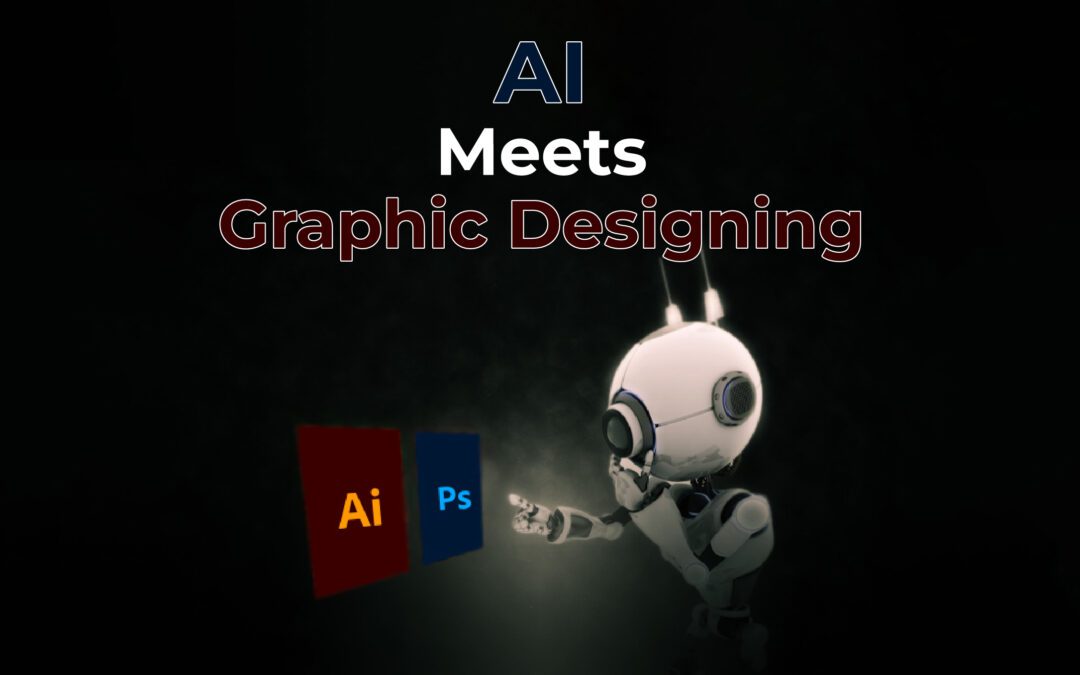Artificial intelligence (AI) is increasingly being integrated into the field of graphic design, opening up new possibilities and enhancing the creative process. Here’s how AI is impacting graphic design:
- Automated Design Generation: AI-powered tools can automatically generate designs based on user input and preferences. These tools can quickly create variations of logos, posters, or other visual content, saving designers time and providing inspiration.
- Image Enhancement: AI can be used to enhance and manipulate images. For example, it can upscale images without loss of quality, remove backgrounds, retouch photos, or apply artistic filters automatically. They can remove imperfections, adjust lighting, and apply filters to improve image quality.
- Color Palette Suggestions: AI algorithms can analyze an image and suggest color palettes that complement the primary colors present. This helps designers choose harmonious color schemes for their projects.
- Typography Assistance: AI can assist designers in selecting appropriate fonts and typography styles based on the project’s context and design goals. It can analyze content and suggest fonts that match the tone and message.
- Layout and Composition: AI can help optimize the layout and composition of design elements, ensuring a balanced and visually pleasing result.
- Generative Art: AI-powered generative algorithms can create unique pieces of art, patterns, or textures, often used in web design, print, and other creative fields.
- Personalization: AI can tailor graphic designs to individual users based on their preferences and behavior, which is valuable in marketing and advertising.
- Content Creation: AI can generate written content, which can be integrated into graphic designs, such as generating captions for images or info graphics.
- Data Visualization: AI can help in creating complex data visualizations that are both informative and visually appealing.
- User Experience Design: AI can analyze user behavior and provide insights for improving the user interface and overall user experience, helping designers make data-driven decisions.
- Real-Time Feedback: AI can provide automated instant feedback on designs, suggesting improvements in terms of design principles, accessibility, color contrast and other factors.
- Stock Image Selection: AI-driven algorithms can help designers find suitable stock images and illustrations based on keywords and design requirements.
- Real-time Collaboration: AI-powered tools can facilitate real-time collaboration among designers and teams, streamlining the design process.
- Predictive Analytics: AI can analyze past design performance data to predict which designs are likely to perform well in the future, aiding in design strategy.
- Design Accessibility: AI can assist in making designs more accessible by automatically generating alt text for images, ensuring that visually impaired users can understand the content.
Despite these advantages, it’s important to note that AI in graphic design is a tool to assist and augment human creativity, rather than replace it. Human designers still play a crucial role in setting the creative direction, making decisions, and providing the artistic touch that AI alone cannot replicate. Moreover, ethical considerations related to AI-generated content and copyright issues need to be addressed in the design industry.
